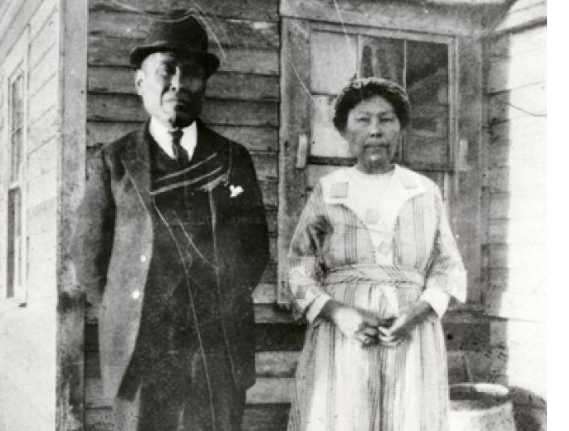 ILUWAQ – COUSIN
ILUWAQ – COUSIN
AMLESQANEK ILUWANGQ’RTUA. – I HAVE MANY COUSINS.
The term cousin can be applied to a confusing array of relatives. In American society, a cousin is any child of an aunt or an uncle. However, cultures around the world differentiate between types of cousins, especially parallel and cross cousins.
Parallel cousins are the offspring of your parents’ same sex siblings. In other words, they are your mother’s sisters children or your father’s brothers children. Cross cousins are the opposite. They are the offspring of your parents’ opposite sex siblings—your mother’s brother’s children or your father’s sister’s children.
This distinction between cousins is particularly important in matrilineal societies—those that trace kinship through women like the Tlingit or the Athapaskan. Here, children inherit family ties from their mothers. In these societies parallel cousins are treated like siblings and cross cousins as more distant relatives.
Although the Alutiiq people are generally thought to have a bilateral kinship system, where descent is traced equally through mothers and fathers, there are hints of an older, matrilineal system based on the treatment of cousins. Among the Chugach Alutiiq, for example, marriage to a parallel cousins was forbidden as parallel cousins were considered siblings.
[content id=”79272″]
Today, cousins are close family members in Alutiiq communities. From fishing boats to tribal councils, cousins often live, work, and serve together. In part this reflects the small size of Alutiiq communities. However, it also shows the deep ties between cousins. For many, the cousin relationship is as strong as that of a sibling.
Source: Alutiiq Museum






